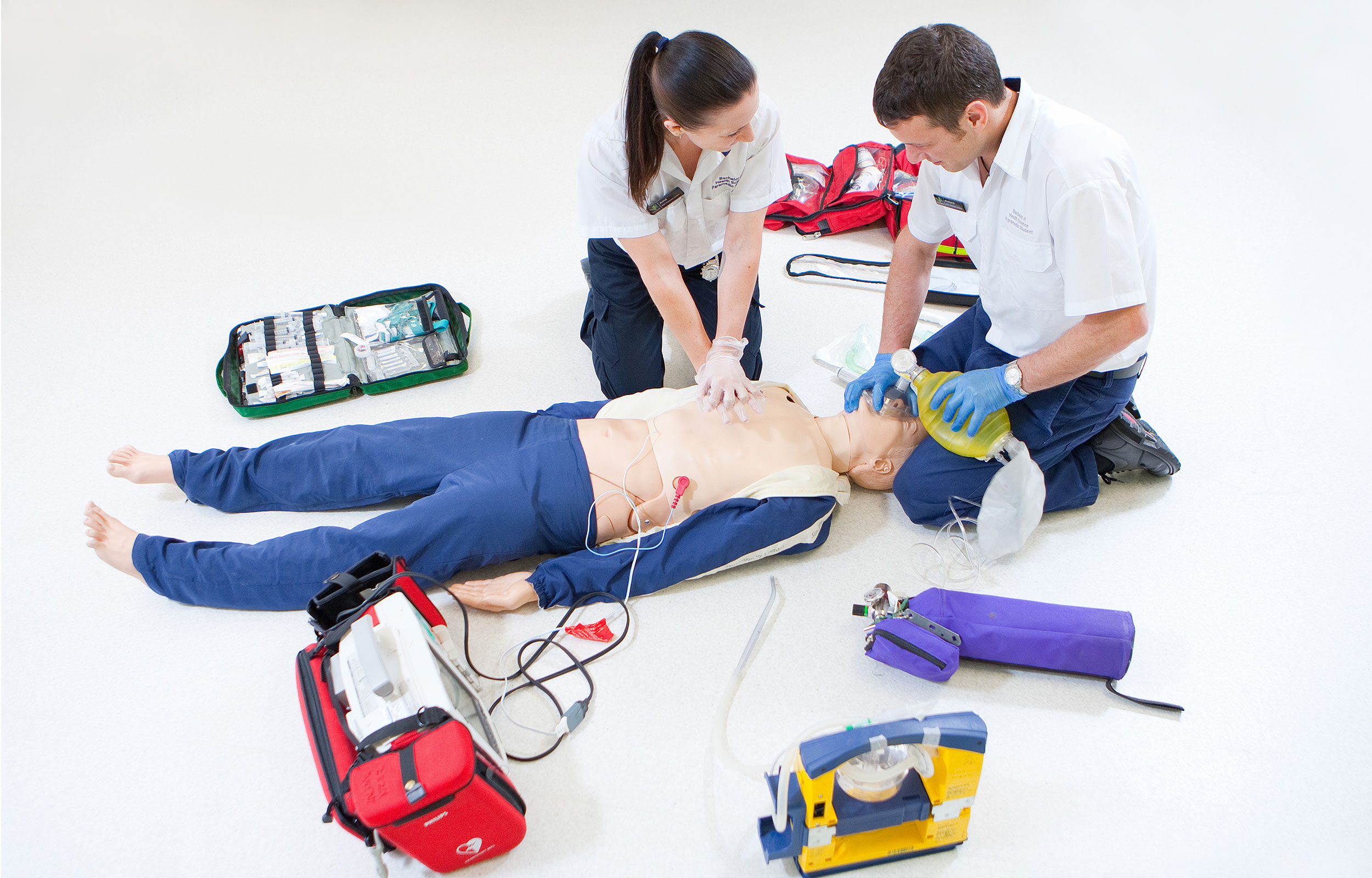Emergency medical services are an essential one and a career in it can be rewarding. It’s about the saving of lives and offering life-saving treatment. You’re entering a field that offers tremendous growth potential and an abundance of qualified professionals. In this article, we’ll lead you through the steps to become an EMT or paramedic, examining the various training options available, including DSHS certified EMS training course.
Understanding the Function and Role of EMTs Paramedics, EMTs
Emergency Medical Technicians, also known as paramedics or EMTs are the primary responders to emergencies. They provide immediate care. They are trained to evaluate and treat patients as well as take them to medical facilities for additional treatment. EMTs and paramedics are essential in stabilizing patients in critical situations, making split-second decision and delivering compassionate aid during times of crisis. For more information, click Steps to become a Paramedic

Step 1: Becoming EMT
You have to complete the mandatory education and training program and the requirements may differ depending on the level of certification you’re aiming for. There are three levels to EMT certification are available:
1. EMT-Basic: This is a certification an entry-level certification and is based on 100-150 training hours. EMT-Bs learn about basic medical treatments, which includes CPR, bleeding management, and basic airway control.
2. EMT Intermediate (EMT I): EMT I requires an additional level of training, which may vary by state. This level may be combined with EMT B in certain places however it can also require training of 200-400 hours. It will also include intravenous treatment and expanded medical knowledge.
3. EMT-Paramedic (EMT-P) EMT-P: The top stage of EMT certification, EMT, is a rigorous training requirement, typically running between 1,800 and 1,000 hours. Paramedics are highly skilled in the most advanced medical procedures, such as the administration of medications in the form of EKGs, interpretation of EKGs, as well as the management of airways that is advanced.
Step 2: Requiring Paramedic Certification
If you’re interested in becoming paramedic, then you must first attain the EMT B or EMT I level and gain some hands-on experience. You’ll then be able to enroll in the paramedic training course, which generally takes one to two year to complete. This program is comprehensive and will cover advanced medical topics, and provide you with the abilities and expertise to deal with critical circumstances on your own.
Learn more about EMT Training Options
You’re able to choose among a number of options when it comes to EMT certification, based on the level you’d like to attain. EMT training is generally offered by community colleges as well as medical trades schools that offer all levels of certification. These programs combine of teaching in the classroom, hands-on training, and practical training in both field and clinical settings.
If you’re looking for an extensive and thorough EMT program that can lead to a degree from colleges or universities and possibly offer EMT education at the EMT and Paramedic levels. These programs provide you with an understanding of emergency services as well as a wider perspective on medical decisions.
Step 4: Ensuring DSHS Aproved EMS Training:
For those who want to become EMTs and paramedics it’s crucial to ensure that the education program you choose to take is DSHS accredited. The Department of State Health Services is the body that approves EMS programs to make sure they adhere to the highest standards for competency and training. If you sign up for an DSHS accredited EMS training course, you can be sure that you will receive high-quality instruction and that you meet the prerequisites for obtaining certification.
Paramedics and EMTs have highly regarded professions. EMTs along with paramedics as well as other emergency responders play an a crucial roles in providing medical assistance and saving lives during emergencies. To be aspiring EMTs or paramedics to begin the life-saving process they must successfully complete the required education and training programs. They can pick from a range of EMT programs, based on the level of certification they want to attain. These include community colleges, medical schools, and university courses.
Additionally, when considering alternatives to training, it’s crucial to ensure that the chosen EMS training course is DSHS certified by DSHS. This will ensure you’re receiving an excellent training that is in line with the requirements required for EMT certification and paramedic certification.
With the need for skilled emergency medical professionals continues to rise making it a great time to enter the field of EMS can provide a wide range of opportunities as well as the chance to make an immense impact on lives of others. It doesn’t matter if you begin as an EMT-Basic, or you want to become a paramedic, your dedication to providing essential health care will result in an exciting and meaningful career in emergency medical services.